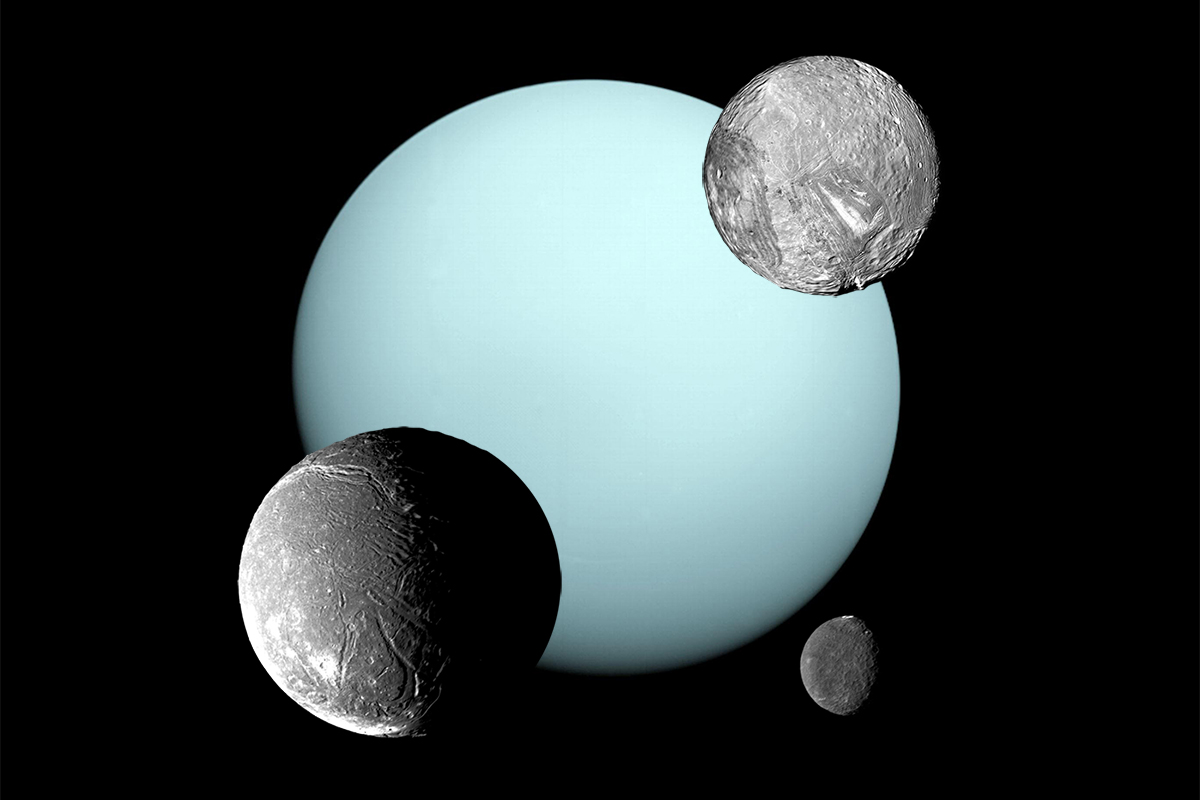Several icy moons of Jupiter and Saturn harbour subsurface oceans potentially suitable for life. In contrast, our knowledge of Uranian moons is limited, as Voyager 2’s 1986 flyby remains the only visit. To improve our understanding, Dr Marc Rovira Navarro (TU Delft) has received a Veni grant from the Dutch Research Council (NWO) that will enable the development of software that models the moons’ evolution over billions of years and helps determine how a future mission could use it to detect hidden oceans.
Guiding future missions
An Uranian mission has been labelled as top-priority by the planetary science community and NASA and ESA are actively working on it. Rovira Navarro’s research will identify the critical measurements needed to distinguish between different interior and orbital evolution scenarios, guiding mission planning and maximising scientific return. “This will hopefully lay the groundwork for me and TU Delft to participate in the planetary mission that will shape the next decades of planetary exploration, a trip to Uranus and its enigmatic icy moons”, says Rovira Navarro, Assistant Professor Planetary Exploration at the Faculty of Aerospace Engineering at the TU Delft.
Modelling the icy moons evolution
To assess whether the Uranian moons are, or have been, habitable, Rovira Navarro will develop the first model that couples their thermal, orbital, and geochemical evolution. It will help determine under what conditions subsurface oceans can persist and what their composition might be. By exploring a wide range of scenarios such as different moon origins, compositions, and internal structures of Uranus, the project will identify evolutionary pathways that match current observations. These findings will guide future mission designs by highlighting the most decisive measurements needed to unravel the moons’ habitability. Beyond Uranus, the developed model and tools will also aid interpretation of data from missions like Juice and Europa Clipper, and inform future explorations of other icy moons such as Enceladus.
Open science for faster innovation
The project strongly embraces open science. All research papers will be freely available to everyone, and the software developed will be published open access, and the newly developed software will be shared openly with a modular design to encourage reuse and further development. With an optimal launch window for a Uranian space mission in the early 2030s and a desired arrival before the late 2040s due to illumination constraints, it is critical to begin mission planning now. Transparency and collaboration will promote faster feedback and innovation, accelerating progress in planetary science and the search for life beyond Earth.
Source: News article TU Delft. Header image: BBC Sky at Night magazine.

